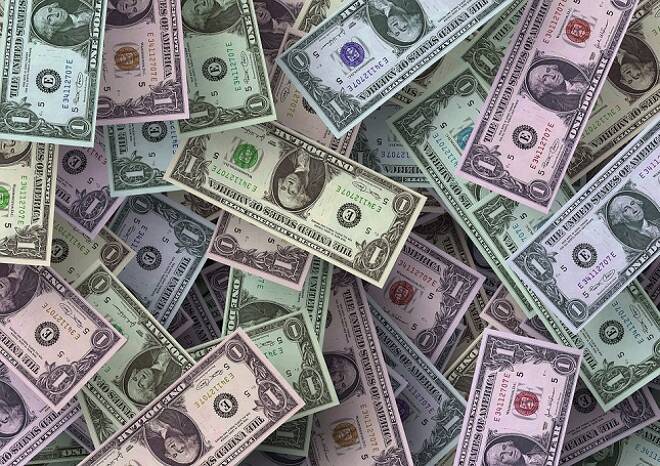Advertisement
Advertisement
U.S. Dollar Posts Weekly Loss as Fed Issues Less-Hawkish Statement
By:
Last week after much anticipation, the U.S. Federal Reserve released its interest rate decision, monetary policy statement and economic projections. The
Last week after much anticipation, the U.S. Federal Reserve released its interest rate decision, monetary policy statement and economic projections. The interest rate decision was widely expected, however, the Fed surprised traders with the language in its monetary policy statement and in its economic forecasts. The U.S. Dollar plunged against a basket of currencies on the news. The big gainers for the week included the Australian and New Zealand Dollars and the British Pound.
U.S. Dollar
June U.S. Dollar Index futures dropped sharply after the release of the Fed statement. It finished the week at 100.115, down 0.992 or -0.98%.
For the second time in three months, the U.S. Federal Reserve hiked its benchmark interest rate a quarter point amid rising confidence that the economy is poised for more robust growth.
The widely expected 25 basis point increase took the overnight funds rate to a target range of 0.75 percent to 1 percent and set the Fed on a path of regular hikes ahead.
The news of the rate hike surprisingly drove U.S. government bond yields lower, making the U.S. Dollar a less desirable investment. The financial markets were anticipating a much more hawkish tone from the Fed.
The reaction by financial market investors showed that some had feared that the monetary policy statement and accompanying economic projections would point to a more hawkish Fed, with a faster pace of rate hikes ahead. However, the actual economic projections for where rates will be this year and in the future changed very little from the last meeting. Investors had priced in the possibility of four rate hikes in 2017. The projections, however, said the Fed would likely raise rates three times, unchanged from its December 2016 forecast.
Australian Dollar
The Australian Dollar rallied sharply higher after the Fed announcement because it helped widen the interest rate differential between U.S. Treasury Bonds and Australian Government Bonds. The AUD/USD closed at .7702, up 0.0163 or +2.17%.
Although the Australian Dollar rallied hard following a cautious Federal Reserve that signaled no pick-up in the pace of U.S. rate hikes, the rally stalled after the government reported weaker than expected local employment data. Employment fell 6,400 against a forecast of 16,000 and the unemployment rate rose to 5.9% from 5.7%.
New Zealand Dollar
The NZD/USD also rose sharply in response to the Fed statement and economic projections, closing at .7016, up 0.0095 or +1.37%.
In economic news, the New Zealand economy fell short of expectations in the final three months of 2016. According to Statistics New Zealand, GDP grew by just 0.4% on a production basis, missing expectations for an increase of 0.7%. It was the weakest quarterly expansion since the June quarter of 2015. September quarterly GDP, previously reported as a gain of 1.1%, was also revised lower to show an increase of 0.8%.
About the Author
James Hyerczykauthor
James is a Florida-based technical analyst, market researcher, educator and trader with 35+ years of experience. He is an expert in the area of patterns, price and time analysis as it applies to futures, Forex, and stocks.
Did you find this article useful?
Latest news and analysis
Advertisement
